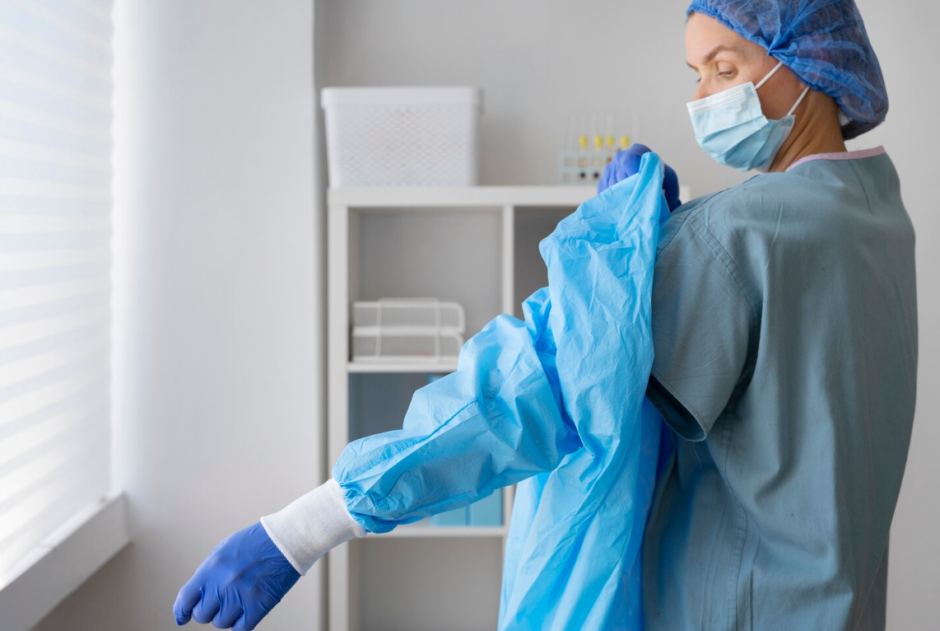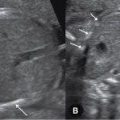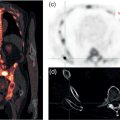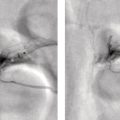
Endoscopes have revolutionized modern medicine by enabling minimally invasive procedures that improve diagnosis and treatment outcomes. Just as professionals prepare for exams with a cer practice test to assess their readiness, healthcare teams must follow structured, step-by-step processes to ensure endoscopic equipment is thoroughly cleaned, disinfected, and safe for patient use. Without proper decontamination, these lifesaving instruments can become a source of healthcare-associated infections (HAIs), endangering both patients and clinical staff.
Why Endoscope Decontamination Is Critical
Endoscopes are sophisticated medical devices that come into contact with mucous membranes, bodily fluids, and sometimes sterile tissue. Their flexible design, with long narrow channels, makes them difficult to clean. Failure to reprocess them correctly can:
- Increase the risk of transmitting infections between patients.
- Lead to costly equipment damage or shortened device lifespan.
- Put healthcare facilities at risk of regulatory noncompliance.
- Reduce patient trust in the safety of care.
The Centers for Disease Control and Prevention (CDC) and other international guidelines consistently stress the importance of following rigorous decontamination protocols. These aren’t just technical details—they are foundational to patient safety.
The Lifecycle of Endoscope Reprocessing
Proper endoscope reprocessing is not a single step but a multistage cycle. Each stage builds on the last to ensure the device is free from organic debris, microorganisms, and chemical residues.
1. PreCleaning at Point of Use
Immediately after the procedure, gross contamination should be wiped off the insertion tube. Suction channels should be flushed with enzymatic detergent. This step prevents biological matter from drying and becoming harder to remove.
2. Leak Testing
Before immersing the endoscope in fluids, a leak test should be performed. This protects delicate internal components from damage and ensures the scope is structurally sound.
3. Manual Cleaning
Trained staff should meticulously clean all surfaces and channels with brushes and enzymatic detergents. This step physically removes organic material and reduces microbial load.
4. HighLevel Disinfection (HLD)
After thorough cleaning, the endoscope must undergo HLD using validated disinfectants such as glutaraldehyde, peracetic acid, or orthophthalaldehyde (OPA). Automated Endoscope Reprocessors (AERs) are commonly used to standardize this step.
5. Rinsing and Drying
Disinfectants must be flushed out with sterile or filtered water, followed by forcedair drying. Residual moisture can encourage microbial growth, so drying is essential.
6. Storage
Endoscopes should be stored vertically in a well-ventilated cabinet to prevent recontamination and promote continued drying.
HighLevel Disinfection: Core Principles
Highlevel disinfection is the backbone of safe endoscope reprocessing. Key principles include:
- Use only approved disinfectants validated for medical devices.
- Follow manufacturer’s instructions for contact time, temperature, and concentration.
- Monitor chemical efficacy with test strips or digital sensors to confirm potency.
- Automate where possible with AERs to minimize human error.
- Document every step to comply with accreditation standards.
A structured HLD program ensures both consistency and accountability.
Common Challenges and Solutions
Even with established protocols, healthcare facilities face recurring challenges:
- Time pressures: Rushed cleaning can compromise outcomes. Solution: Allocate sufficient staffing and time.
- Training gaps: Staff turnover can lead to inconsistency. Solution: Provide continuous education and competency assessments.
- Equipment wear: Older scopes may be harder to clean. Solution: Establish a preventive maintenance program.
- Compliance fatigue: Long checklists may encourage shortcuts. Solution: Simplify workflows with automation where feasible.
By anticipating these issues, facilities can strengthen reliability and reduce infection risks.
Regulatory and Accreditation Standards
Healthcare organizations are accountable to various regulatory bodies. Some of the most influential standards include:
- CDC Guidelines for Disinfection and Sterilization in Healthcare Facilities
- AAMI Standards for Flexible Endoscope Processing
- Joint Commission Accreditation Requirements
- European Society of Gastrointestinal Endoscopy (ESGE) Guidelines
Compliance not only ensures patient safety but also protects healthcare institutions from liability and reputational damage.
Building a Culture of Safety
Decontamination and disinfection are technical processes, but success depends on people. Building a culture of safety means:
- Encouraging staff to speak up about concerns without fear of reprisal.
- Recognizing and rewarding compliance with protocols.
- Investing in ongoing education and certification programs.
- Conducting regular audits and feedback sessions.
When teams feel empowered and informed, they are more likely to adhere to high standards.
Best Practices for Healthcare Teams
To summarize, here are 10 best practices for ensuring safe endoscope reprocessing:
1. Begin precleaning immediately after procedures.
2. Always perform leak testing before immersion.
3. Use dedicated enzymatic detergents for manual cleaning.
4. Standardize high level disinfection with validated chemicals.
5. Verify chemical strength with test strips before each cycle.
6. Incorporate automated reprocessors to reduce human error.
7. Ensure thorough drying of internal channels.
8. Store scopes vertically in ventilated cabinets.
9. Maintain detailed logs of all reprocessing activities.
10. Train and retrain staff regularly to reinforce protocols.
The Future of Endoscope Reprocessing
Innovation continues to improve safety. Disposable endoscopes are emerging as an option in certain settings, eliminating the risk of crosscontamination. Advances in realtime monitoring systems are also making it easier to ensure compliance. While not yet universal, these innovations show the direction of safer, smarter reprocessing.
Conclusion
Endoscopes are vital tools in modern medicine, but their complex design demands rigorous reprocessing to protect patients from infection. By following structured steps—from precleaning to highlevel disinfection and proper storage—healthcare facilities can uphold the highest standards of safety and compliance.
Stay updated, free articles. Join our Telegram channel

Full access? Get Clinical Tree







